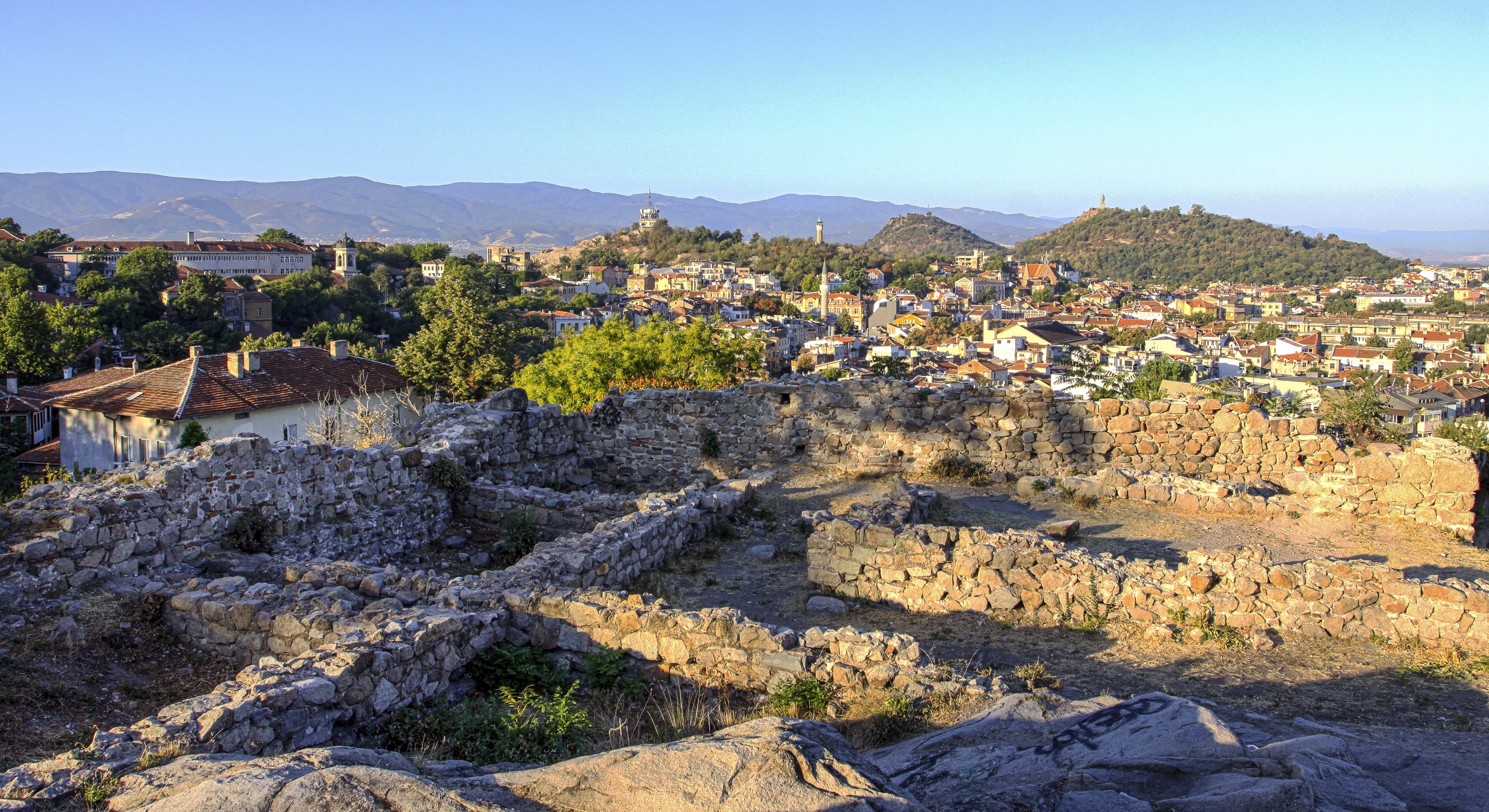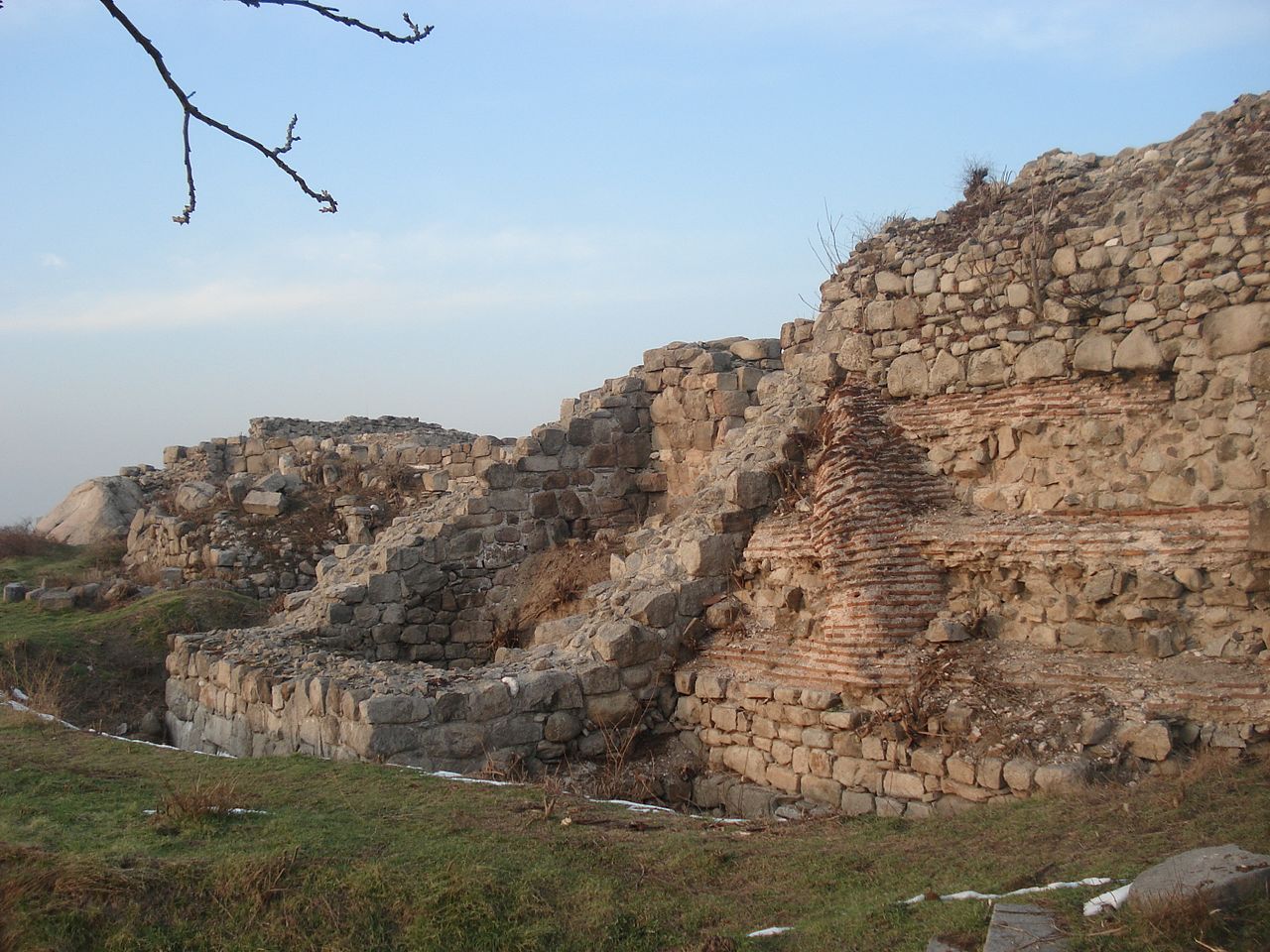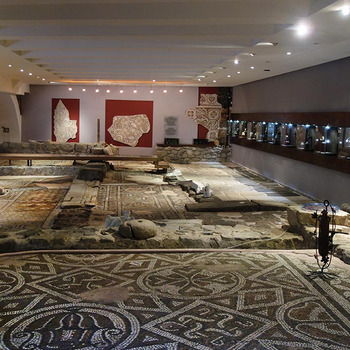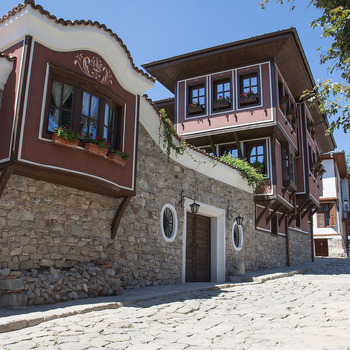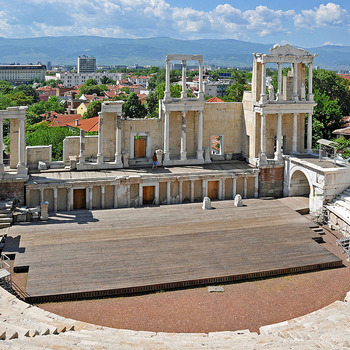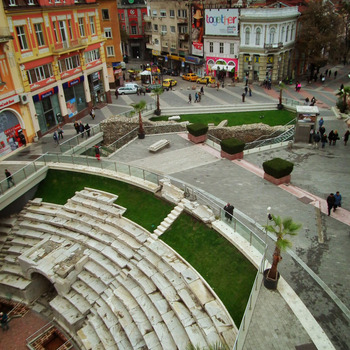ARCHAEOLOGICAL COMPLEX OF NEBET TEPE
Overview
Nebet Tepe is one of today's six hills, preserved to this day, around which the city of Plovdiv was built. Together with Dzhambaz Tepe and Taksim Tepe it forms the Three Hills, today better known as Ancient Plovdiv, on which the ancient city was located. The Nebet Tepe Archaeological Complex is recognized as a cultural monument of national importance. Remains of the first prehistoric settlement, dating from the Stone-Copper Age (IV-III millennium BC), have been discovered in it.
The name Nebet comes from the Turkish words "nevbet", i.e. "Guard" and "hill" - "hill". It is believed that in antiquity the garrison guarding the ancient city was located on the hill. Another name for the hill is "Museum Hill", and this name is associated with the most gifted student of Orpheus - the Thracian Museum. In later times, the name Evmolpia was used, with which the ancient authors called Plovdiv.
For a short time Nebettepe was also named after the newborn heir to the Bulgarian throne, Prince Simeon Saxe-Coburg-Gotha.
The existence of several prehistoric settlements in Plovdiv is assumed, the oldest and most significant being the one located on Nebet Tepe. Initially, the settlement arose in a naturally fortified and protected place in front of the northern hill. Gradually it expands to the other hills. At that time the city was inhabited by the Thracian tribe Bessi, and scholars still can not give an unambiguous opinion about the name of the city - Evmolpia or Pulpudeva.
In 342 BC. Philip of Macedon conquered the Thracian settlement of Nebet Tepe and renamed it Philippopolis. During the Hellenistic period, the city grew to the east, mainly within the Three Hills and their foothills.
The Nebet Tepe complex continued to play an important role as an element of the city's fortifications until the 14th century, with many additions and improvements during Antiquity and the Middle Ages.
During the clearing of Nebet Tepe, the remains of fortress walls and towers were found, as well as other buildings. The oldest part of the fortress is made without any solder, with large syenite blocks in the so-called. cyclopean construction. During the Hellenistic era, the ancient Thracian Eumolpia spread throughout the Three Hills, as well as at its foot, and the old settlement with the fortress of Nebet Tepe became the citadel of the city acropolis, covering the highest parts of the three hills. From this period are the remains of the western fortress wall with the impressive quadrangular tower and entrance on the inside. There are preserved thick fortress walls surrounding the palace and outbuildings.
Recommended
- The old town of Plovdiv - an architectural reserve
- St. Nedelya Church
- The eastern gate of Philippopolis
- Exposition "Bulgarian Revival"
- Hissar Kapiya Gate
- Mevlevi Hane
- Church "St. St. Constantine and Helena"
- Regional Ethnographic Museum


 Bulgarian
Bulgarian Romanian
Romanian